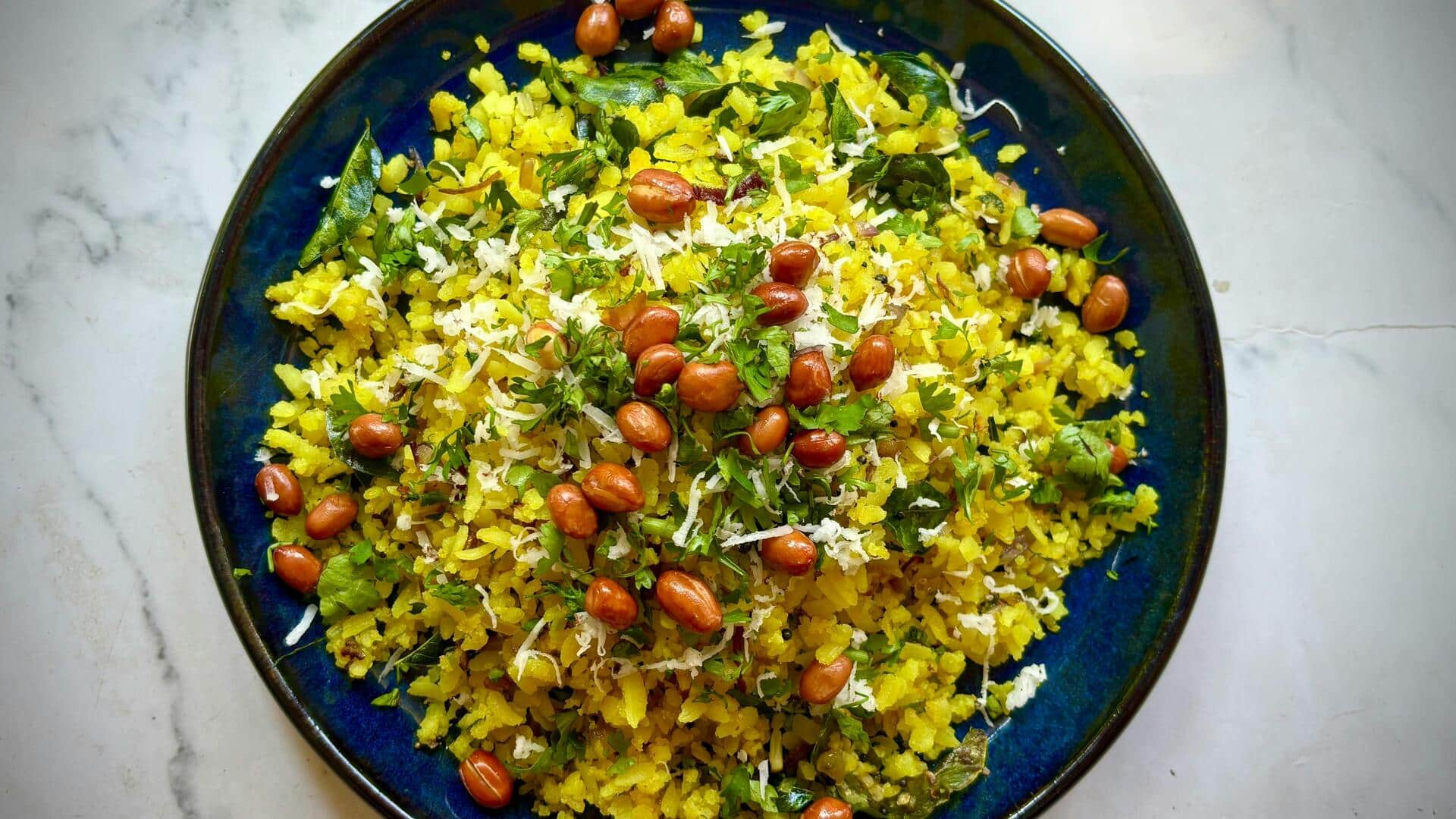
The delicious journey of poha
What's the story
Poha, a popular breakfast dish in India, has a rich history that dates back centuries. Made from flattened rice, poha is not only loved for its simplicity but also for its versatility. Over the years, this humble dish has evolved into various regional variations across the country. Each version reflects local flavors and ingredients, showcasing India's diverse culinary landscape. Here's a look at the journey of poha through time and its significance in Indian cuisine.
#1
Ancient roots of poha
Poha's history dates back to ancient India, when poha was used as a staple food. It was easy to store and prepare, making it a popular choice among travelers and traders. Historical texts indicate that poha was consumed by royal families as well as commoners. Its simplicity and nutritional value made it an essential part of daily meals.
#2
Regional variations across India
As poha traveled across India, it took on different regional flavors. In Maharashtra, it's often prepared with onions and peanuts, while in Madhya Pradesh, it is spiced with jalebi for a sweet-savory combination. In Karnataka, coconut is added for extra flavor. These variations highlight how local ingredients influence traditional recipes.
#3
Nutritional benefits of poha
Poha is not only delicious but also packed with nutrients. It is low in calories but high in iron content, which helps boost hemoglobin levels in the body. The presence of carbohydrates gives an instant energy boost without making you feel bloated. Plus, the presence of antioxidants from ingredients like turmeric or mustard seeds makes it even healthier.
#4
Modern twists on traditional poha
In recent years, chefs have experimented with modern twists on traditional poha recipes by adding exotic ingredients like quinoa or chia seeds for added nutritional benefits without compromising on taste or texture. These innovations cater to changing dietary preferences while preserving the essence of this beloved dish.